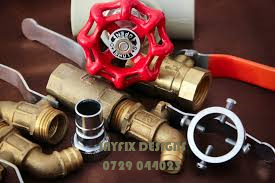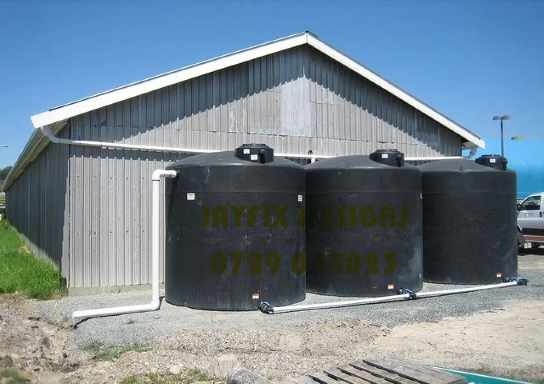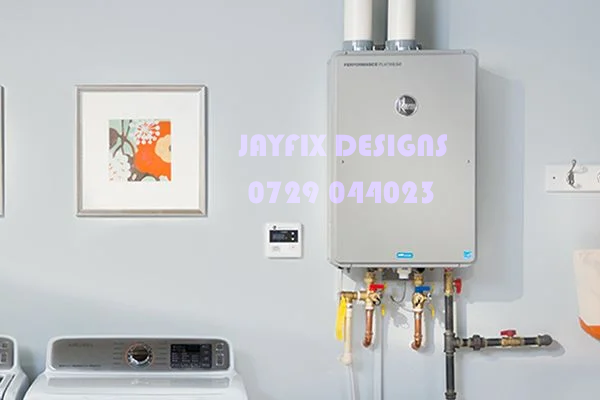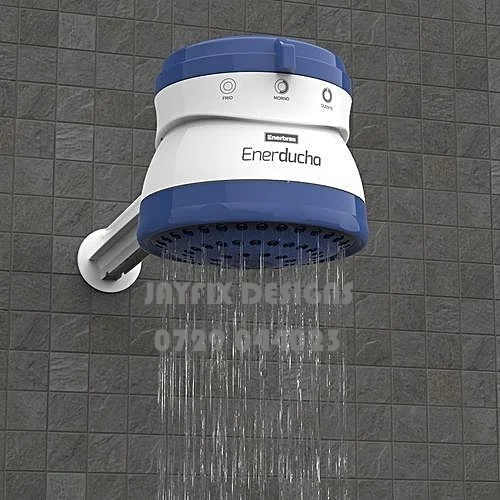
When it comes to water systems, we are equipped to provide all plumbing solutions.
Understanding the Intricacies of Plumbing Systems.
Plumbing systems are the unsung heroes of modern living, quietly working behind the scenes to provide us with clean water, efficient drainage, and a myriad of other essential services. From the moment we wake up to the time we go to bed, we rely on plumbing systems to facilitate our daily activities. In this editorial, we'll look into the world of plumbing, exploring its components, functions, common issues, and maintenance tips.
The Basics of Plumbing Systems:
At its core, a plumbing system consists of a network of pipes, fixtures, valves, and fittings designed to convey fluids—typically water—within a building and dispose of waste efficiently. There are two main subsystems within a plumbing system: the supply system and the drainage system.
Supply System:
- The supply system delivers clean water to various fixtures and appliances throughout the building, including sinks, showers, toilets, and washing machines.
- It typically connects to a municipal water supply or a private well, with water entering the building through a main supply line.
- Components of the supply system include pipes, shut-off valves, pressure regulators, and water meters.
Drainage System:
- The drainage system removes wastewater and sewage from the building, preventing contamination and maintaining hygiene.
- It relies on a network of pipes that carry wastewater to the sewer system or a septic tank.
- Key elements of the drainage system include drainpipes, traps, vents, and clean outs.
Common Plumbing Issues:
Despite their importance, plumbing systems are susceptible to various problems over time. Some of the most common issues include:
- Leaks: Leaking pipes, faucets, or fixtures can waste water and lead to water damage if not promptly addressed.
- Clogs: Accumulation of debris, grease, or mineral deposits can cause drains to become clogged, resulting in slow drainage or backups.
- Dripping Faucets: A dripping faucet not only wastes water but can also indicate underlying issues with the faucet's components.
- Running Toilets: A toilet that continues to run after flushing may have a faulty flapper valve or a problem with the fill valve.
- Low Water Pressure: Several factors, such as mineral buildup, pipe corrosion, or leaks, can contribute to low water pressure in a plumbing system.
Maintenance Tips:
Regular maintenance is crucial for ensuring the longevity and efficiency of a plumbing system. Here are some maintenance tips to keep your plumbing in top condition:
- Check for leaks: Periodically inspect pipes, faucets, and fixtures for any signs of leaks and repair them promptly.
- Avoid clogs: Dispose of grease, food scraps, and other debris properly to prevent clogs in drains. Consider using drain screens or strainers to catch hair and larger particles.
- Test water pressure: Check water pressure regularly and address any issues promptly to prevent damage to pipes and fixtures.
- Insulate pipes: In cold climates, insulate exposed pipes to prevent freezing and potential bursts during winter months.
- Schedule professional inspections: Hire a licensed plumber for annual inspections to identify and address any potential problems before they escalate.
Plumbing systems are essential for maintaining modern standards of hygiene, comfort, and convenience. Understanding the basics of plumbing, common issues, and maintenance tips can empower homeowners and property managers to take better care of their plumbing systems, ensuring they continue to function reliably for years to come. By investing in proper maintenance and timely repairs, individuals can avoid costly plumbing emergencies and enjoy the benefits of a well-maintained plumbing system.
Different Types of Plumbing Systems, their Application & Materials Used.
Plumbing systems come in various types, each tailored to specific applications and needs. Below are different types of plumbing systems along with their applications:
Potable Water Supply System:
- Application: This type of plumbing system is designed to deliver safe and clean drinking water to residential, commercial, and industrial buildings.
- Components: It includes pipes, valves, fixtures (such as faucets and taps), water meters, and pressure regulators.
- Materials: Common materials used for potable water supply pipes include copper, PVC (polyvinyl chloride), CPVC (chlorinated polyvinyl chloride), PEX (cross-linked polyethylene), and galvanized steel.
Sanitary Drainage System:
- Application: Sanitary drainage systems are responsible for collecting and removing wastewater and sewage from buildings, preventing contamination and maintaining hygiene.
- Components: Drainpipes, traps, vents, cleanouts, and sewer lines are key components of this system.
- Materials: Drainpipes are typically made of PVC, ABS (acrylonitrile butadiene styrene), cast iron, or clay.
Stormwater Drainage System:
- Application: Stormwater drainage systems manage rainwater runoff from roofs, pavements, and other surfaces, preventing flooding and erosion.
- Components: Gutters, downspouts, catch basins, storm sewers, and retention ponds are integral parts of this system.
- Materials: Similar to sanitary drainage systems, stormwater drainage systems use materials such as PVC, ABS, and concrete for pipes and structures.
Gas Supply System:
- Application: Gas supply systems distribute natural gas or propane for heating, cooking, and other applications in residential, commercial, and industrial settings.
- Components: Gas pipes, shut-off valves, regulators, and connectors are essential components of this system.
- Materials: Common materials for gas pipes include black steel, galvanized steel, copper, and flexible corrugated stainless steel tubing (CSST).
Fire Sprinkler System:
- Application: Fire sprinkler systems are designed to suppress or extinguish fires in buildings, protecting lives and property.
- Components: Sprinkler heads, piping, valves, alarm systems, and pumps make up a fire sprinkler system.
- Materials: Pipes in fire sprinkler systems are typically made of steel, copper, or CPVC.
Hydronic Heating System:
- Application: Hydronic heating systems use water or steam to distribute heat throughout buildings, providing efficient and comfortable heating.
- Components: Boilers, radiators, piping, pumps, and control valves are key components of hydronic heating systems.
- Materials: Pipes in hydronic heating systems are commonly made of copper, PEX, or PEX-AL-PEX.
Solar Water Heating System:
- Application: Solar water heating systems harness sunlight to heat water for domestic use, reducing energy consumption and utility costs.
- Components: Solar collectors, storage tanks, pumps, heat exchangers, and piping constitute a solar water heating system.
- Materials: Piping materials may vary but often include copper or PEX.
Greywater Recycling System:
- Application: Greywater recycling systems collect and treat wastewater from sinks, showers, and washing machines for reuse in irrigation or toilet flushing, conserving water resources.
- Components: Collection tanks, filtration systems, pumps, and distribution piping are essential components of greywater recycling systems.
- Materials: Piping materials can vary depending on the application but often include PVC or ABS.
Understanding the different types of plumbing systems and their applications is important for designing, installing, and maintaining efficient and reliable plumbing infrastructure in buildings. Each type of plumbing system serves a specific purpose and requires careful consideration of factors such as materials, regulations, and environmental conditions to ensure optimal performance and durability.
At JAYFIX DESIGNS we offer all of the above , except Gas Supply Systems and Greywater Recycling Systems. Below are pictures of each category of plumbing services we offer:
Potable Water Supply System:
Sanitary Drainage System:
Stormwater Drainage System:
Fire Sprinkler System:
Hydronic Heating System:
Solar Water Heating System:
INTERNAL DRAINAGE SYSTEMS.

EXTERNAL DRAINAGE SYSTEMS.


WATER HARVESTING SYSTEMS.


INDUSTRIAL USE WATER SYSTEMS.

DOMESTIC USE WATER SYSTEMS.


MASSIVE WATER HEATING SYSTEMS.

DOMESTIC GENERAL WATER HEATING SYSTEMS.

DOMESTIC KITCHEN WATER HEATING SYSTEMS.

WASH ROOM WATER HEATING SYSTEMS.






